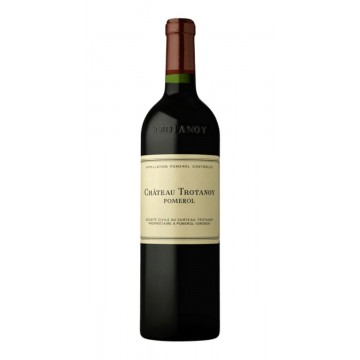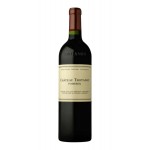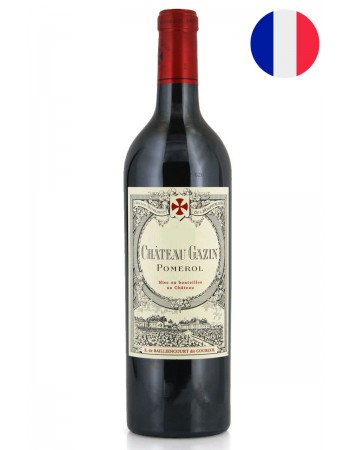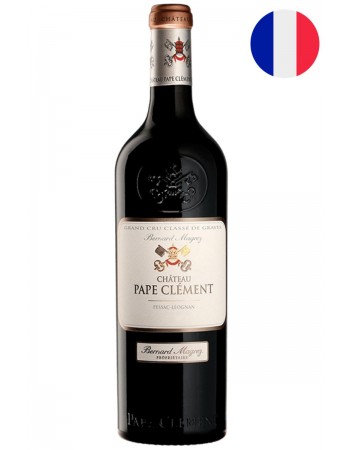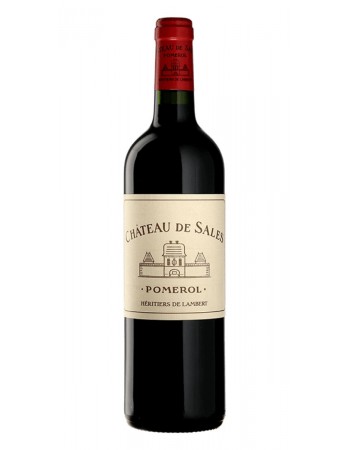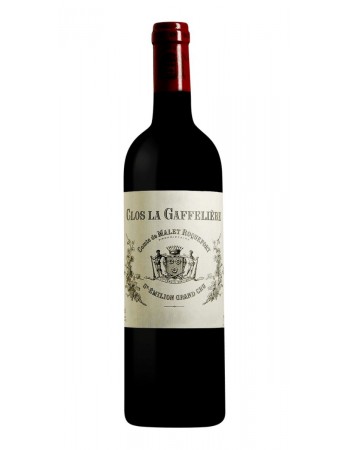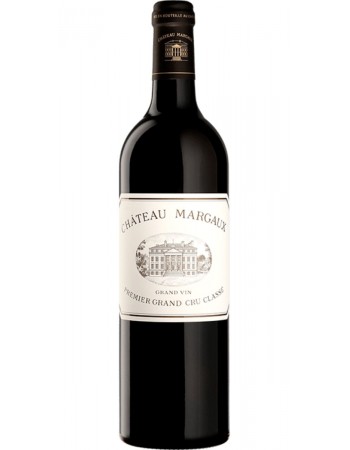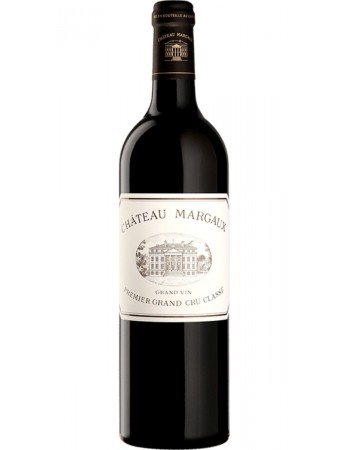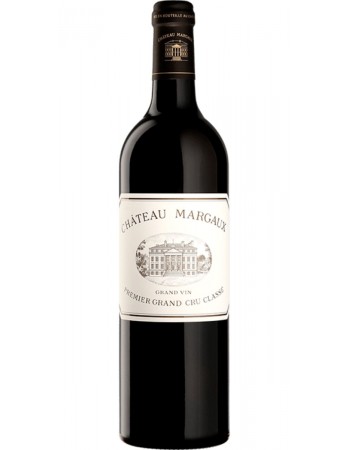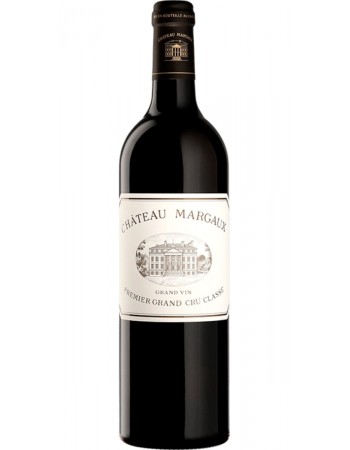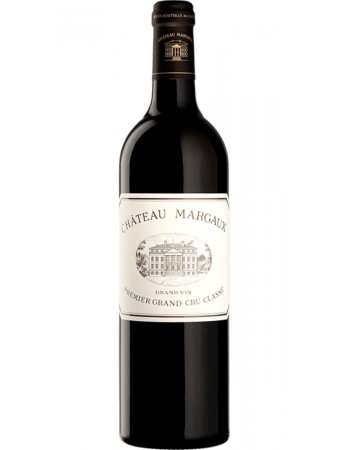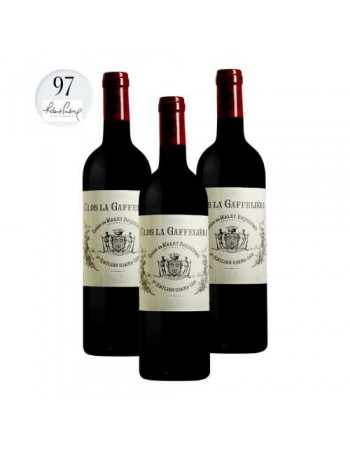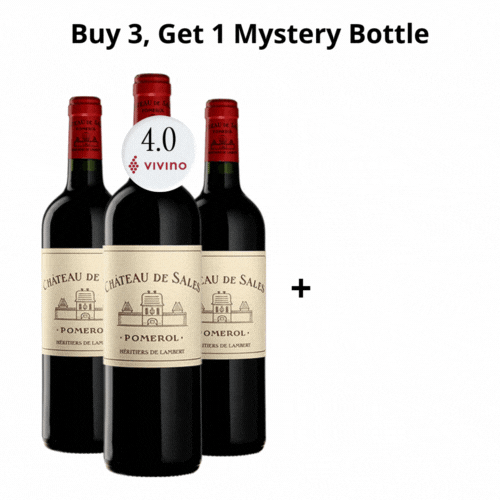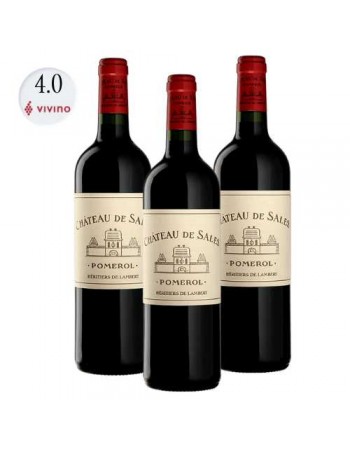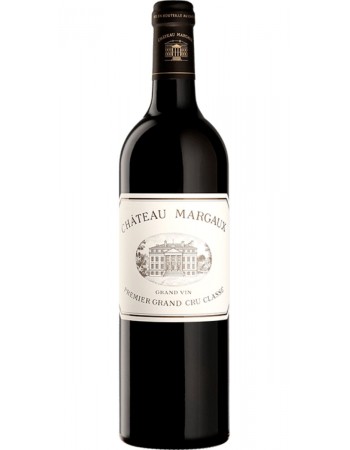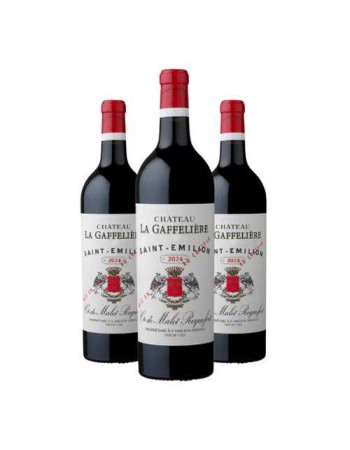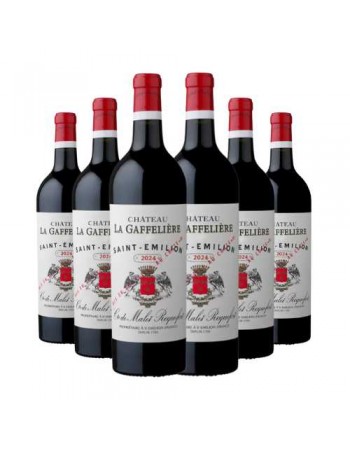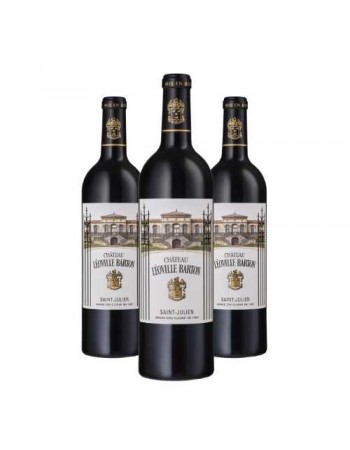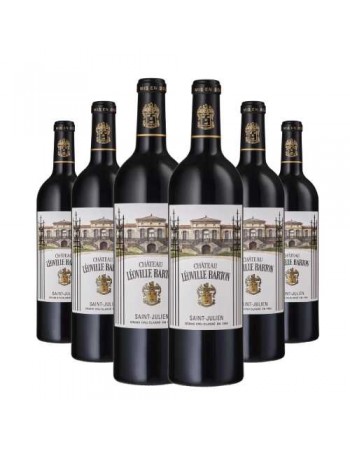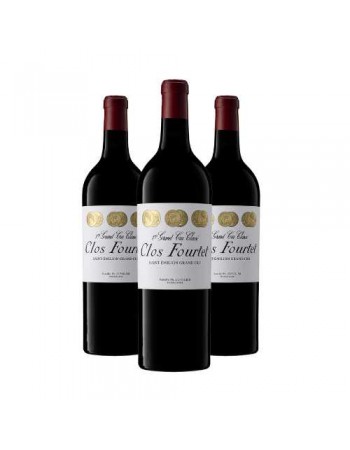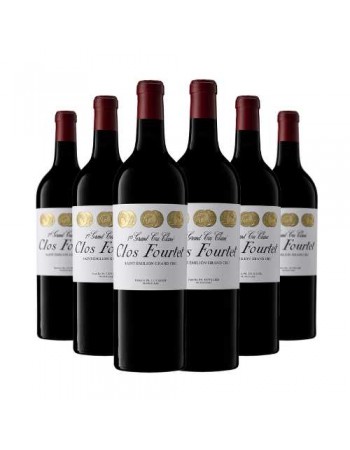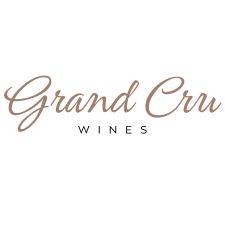2013 Chateau Trotanoy, Pomerol
-
S$28888
-
- 2+ for S$28588 each
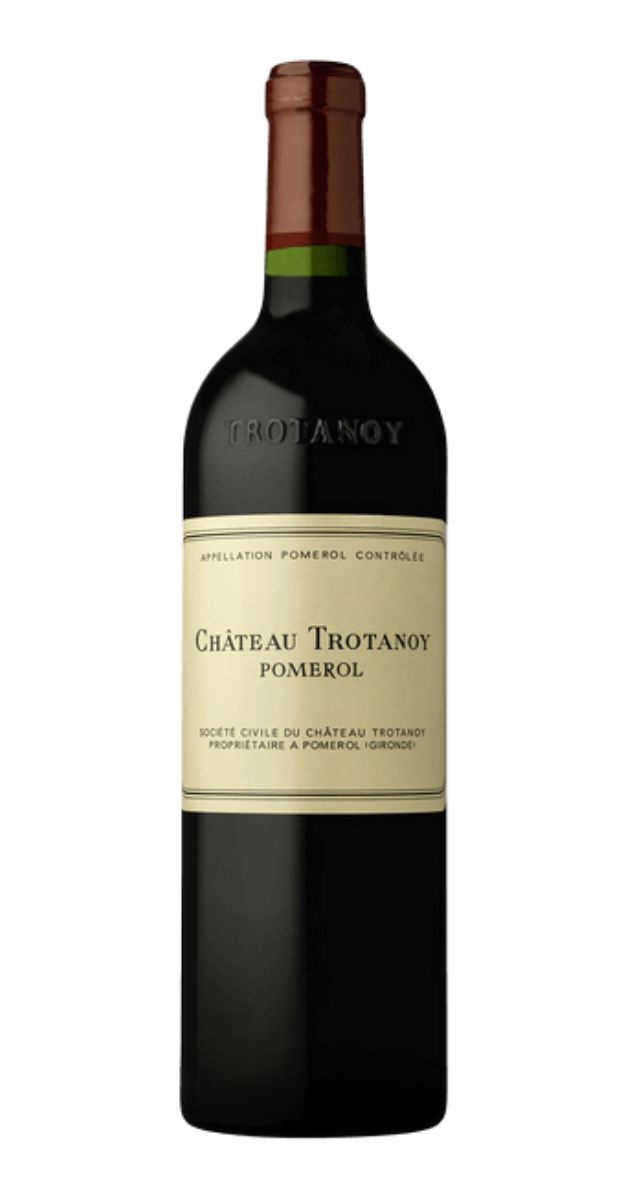
Vintage : 2013
Region : Pomerol
Country : France
Expert Review
"The 2013 Trotanoy appears to be maturing nicely in bottle. What I appreciate is the precision on the nose. No, it is not as complex or as intense as other vintages, yet there is admirable detail here, crushed stone mixed with redcurrant and blackberry. The palate is medium-bodied and clearly has commendable depth as it gently grips the mouth. There is substance here, more body if less roundness vis-a-vis the 2013 La Fleur Petrus with a slight edginess towards the finish and a hint of black truffle and smoke on the aftertaste. This should be considered as a success for the vintage and I can see it giving a couple of decades of drinking pleasure." - Wine Advocate 92 pts
About Winery
Chateau Trotanoy takes its name from either the French term, trop ennui. Which when it’s loosely translated means, too much to bother with, or too boring. Or, from a different meaning of “too hard to work.” It might be a difficult vineyard to work, but one taste shows the wines are clearly not boring.
The vineyards of Trotanoy were first planted in 1761. The property was owned in its formative years by the Giraud family, who were very successful landowners in the Right Bank of Bordeaux. It was the Giraud family that built the chateau that remains on the property today. At the start of the 19th century, the wines were sold under the name of Pomerol Giraud Cru de Trotanoy.
Even at that time, the wine of Trotanoy was well respected. In fact, Trotanoy was considered to be one of the top wines of the entire appellation. Only Vieux Chateau Certan was held in higher regard in those early, formative days.
Just before the start of the 20th century, the estate was much larger than it is today. At that time, it was approximately 25 hectares. Chateau Trotanoy was divided into multiple plots at the time. Additional parcels of Chateau Trotanoy were again culled from their vineyards and sold during the early part of the 20th century.
In the mid-1940s, following the end of World War 2, the direct descendants of the Giraud family sold Chateau Trotanoy to the Pecresse family. They did not hold the vineyard for very long. In 1953, the vineyards were acquired by Jean-Pierre Moueix, who bought the property from the Pecresse family.
Expert Review
"The 2013 Trotanoy appears to be maturing nicely in bottle. What I appreciate is the precision on the nose. No, it is not as complex or as intense as other vintages, yet there is admirable detail here, crushed stone mixed with redcurrant and blackberry. The palate is medium-bodied and clearly has commendable depth as it gently grips the mouth. There is substance here, more body if less roundness vis-a-vis the 2013 La Fleur Petrus with a slight edginess towards the finish and a hint of black truffle and smoke on the aftertaste. This should be considered as a success for the vintage and I can see it giving a couple of decades of drinking pleasure." - Wine Advocate 92 pts
About Winery
Chateau Trotanoy takes its name from either the French term, trop ennui. Which when it’s loosely translated means, too much to bother with, or too boring. Or, from a different meaning of “too hard to work.” It might be a difficult vineyard to work, but one taste shows the wines are clearly not boring.
The vineyards of Trotanoy were first planted in 1761. The property was owned in its formative years by the Giraud family, who were very successful landowners in the Right Bank of Bordeaux. It was the Giraud family that built the chateau that remains on the property today. At the start of the 19th century, the wines were sold under the name of Pomerol Giraud Cru de Trotanoy.
Even at that time, the wine of Trotanoy was well respected. In fact, Trotanoy was considered to be one of the top wines of the entire appellation. Only Vieux Chateau Certan was held in higher regard in those early, formative days.
Just before the start of the 20th century, the estate was much larger than it is today. At that time, it was approximately 25 hectares. Chateau Trotanoy was divided into multiple plots at the time. Additional parcels of Chateau Trotanoy were again culled from their vineyards and sold during the early part of the 20th century.
In the mid-1940s, following the end of World War 2, the direct descendants of the Giraud family sold Chateau Trotanoy to the Pecresse family. They did not hold the vineyard for very long. In 1953, the vineyards were acquired by Jean-Pierre Moueix, who bought the property from the Pecresse family.
Wine Enthusiast, 94 pts
"This wine has a lot of class and elegance, along with firm tannins that show how well it will age. It is dark and concentrated, the black fruits still developing under the solid structure. This wine will age slowly, so wait until 2022."
Decanter, 92 pts
"An appealing sense of form and lift and evident tannic grip with depth and freshness to the berry fruits. Still far softer than other vintages of Trotanoy but this will reward taking your time with to uncover its gentle charms."
Wine Advocate, 92 pts
"The 2013 Trotanoy appears to be maturing nicely in bottle. What I appreciate is the precision on the nose. No, it is not as complex or as intense as other vintages, yet there is admirable detail here, crushed stone mixed with redcurrant and blackberry. The palate is medium-bodied and clearly has commendable depth as it gently grips the mouth. There is substance here, more body if less roundness vis-a-vis the 2013 La Fleur Petrus with a slight edginess towards the finish and a hint of black truffle and smoke on the aftertaste. This should be considered as a success for the vintage and I can see it giving a couple of decades of drinking pleasure."
Wine Spectator, 92 pts
"This has noticeable heft for the vintage, with an ample dose of warm charcoal around the core of crushed plum and raspberry pâte de fruit. Delivers more than enough depth and energy to stay balanced through the finish, which pulls the fruit and loam elements together. Best from 2018 through 2028. 1,000 cases made."

